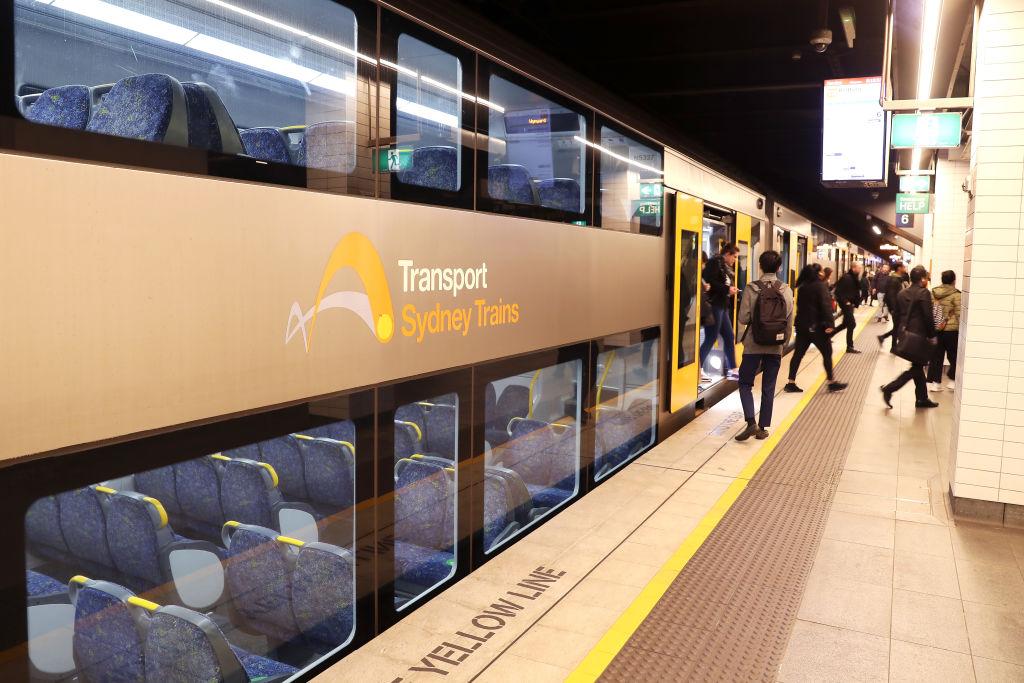Public transport across the Opal network in New South Wales (NSW) will be free to travellers for 12 days over the Easter holiday period to encourage people to get out and about throughout the holidays.
People will still be required to tap on and off with opal cards for train, bus, ferry, light rail, and metro services. The period was chosen to coincide with the Easter holidays, ending on ANZAC weekend.





